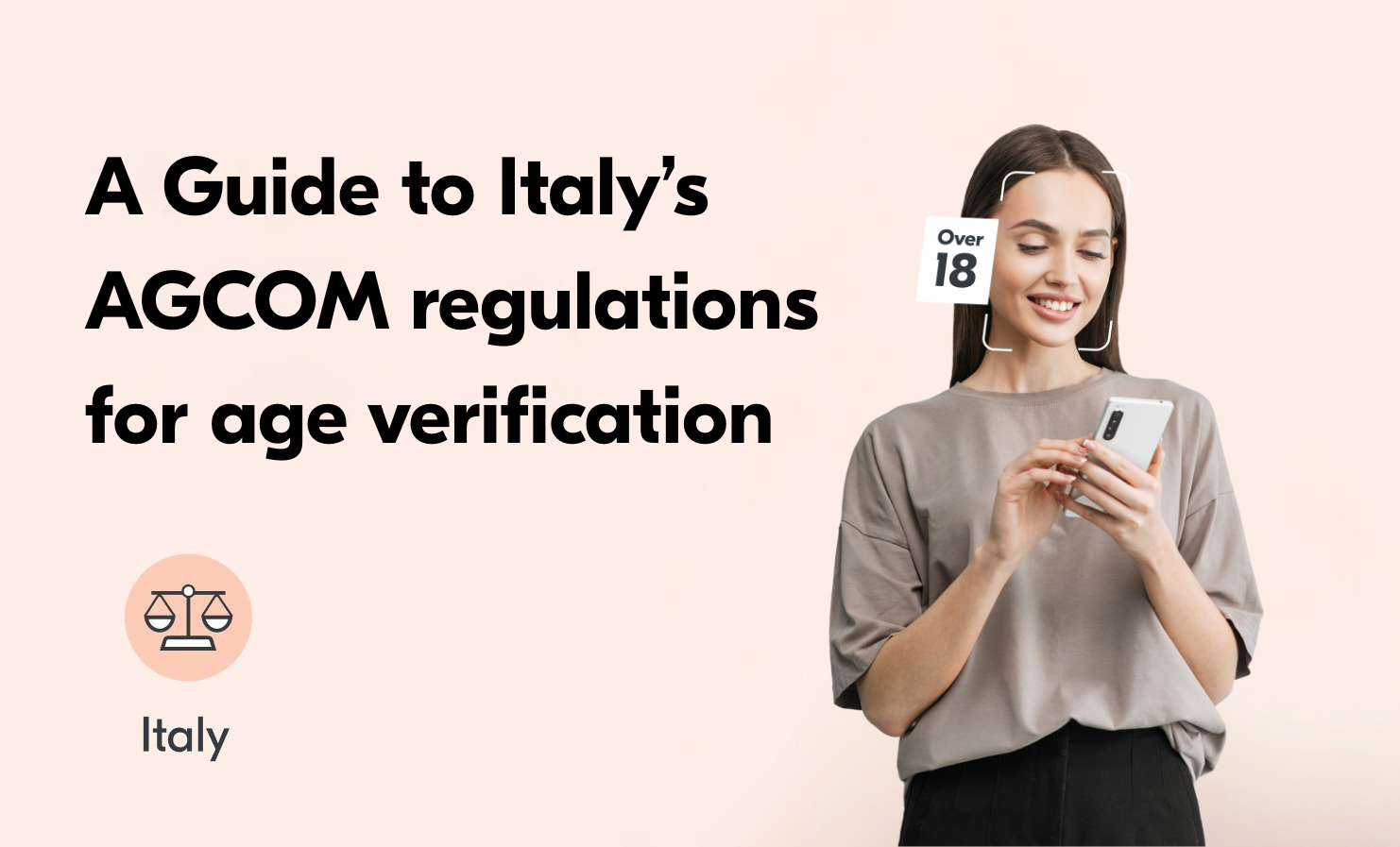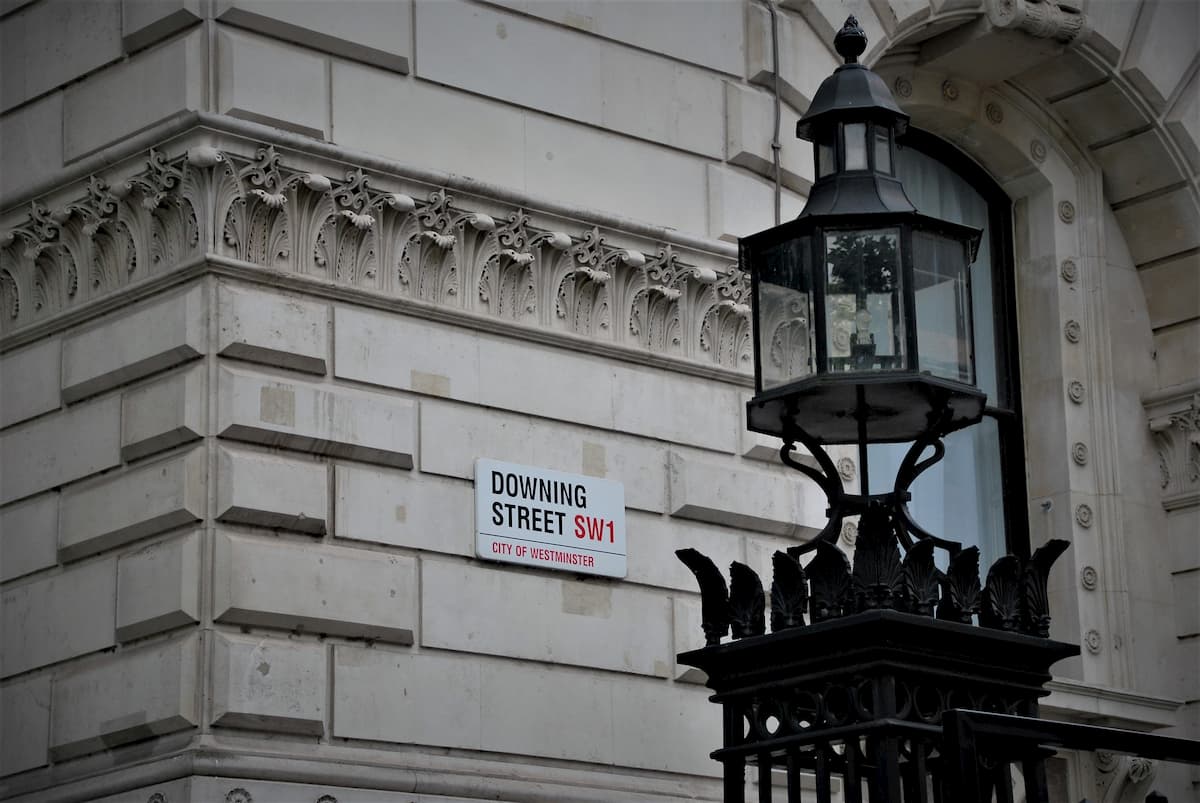Legislation
A guide to Italy’s AGCOM new age verification regulations for adult content
Italy’s new AGCOM regulations for adult content, which come into effect on 12th November, emphasise two key points. The verifier must not know which platform or site for which the check will be used. The content provider must not obtain identifying personal data of the user, only a result like: ‘user is over 18’. This is known as the double blind method – ARGOM use the term double anonymity. Secondly, verification must be robust and each session, or visit, must be age-checked. ‘One and done’ age checks are not sufficient for repeat visits. Even if a user creates an
Italy’s new age verification regulation for online platforms
In May 2025, AGCOM, Italy’s Communications authority, adopted Resolution No. 96/25/CONS, which formally approves the rules for online age verification of users accessing adult content. Similar to the UK’s OFCOM and France’s ARCOM regulators, AGCOM requires websites with pornographic content to implement robust age verification checks for users to ensure they are over 18. All three regulations are designed to protect minors from accessing age restricted content. Italy’s AGCOM has specified two important requirements: Checks must be double blind – that is, age verification providers cannot see what platform is submitting the check, and the platform cannot see any
Deepfake laws: Global regulations in the digital age against sexually explicit and criminal use of deepfakes
If someone said the word ‘deepfake’ just a decade ago, nobody would know what they were talking about. The term hadn’t been coined and the technology as we know it hadn’t yet been created. Fast forward to the present day and it seems as though deepfakes are everywhere. However, their explosive and widespread prevalence has highlighted some serious problems such as criminal offence and sexually explicit deepfakes.. In response, regulatory bodies are beginning to pass laws to combat these issues, but they’re competing against the rapid evolution of the technology. This article gives a snapshot of some of
New JMLSG guidance recognises the power of digital identity
On 1 June 2020, the Joint Money Laundering Steering Group (JMLSG) published its revised guidance for what is expected of regulated financial services entities in relation to the prevention of money laundering and terrorist financing. The new guidance recognises the central role that digital identity and robust biometric technologies can play in ensuring regulated entities meet their anti-money laundering (AML) and counter terrorist financing (CTF) obligations. What is the JMLSG? The JMLSG is a private sector organisation that produces guidance to help the financial services sector meet its legal obligations in relation to AML and CTF. Its guidance isn’t
Strong support in the House of Lords for digital age verification
On Monday 20th July, several members of Lords gave strong support for digital age verification, including Baroness Neville-Rolfe, Lord Clement-Jones, Lord Stevenson of Balmacara, Lord Bourne of Aberystwyth, Lord Arbuthnot of Edrom, Lord Holmes. It’s fair to say that all concerned want effective digital age verification, even those that were opposed to the development of digital age verification during the Lords debate such as Baroness Pickering and Baroness Williams. But for it to be effective, it needs to be standards based and meet the requirements of industry stakeholders and the public. What was NOT clear on the floor of the
The Fifth EU Money Laundering Directive is arriving in the UK - here are a few things you need to know.
The Government’s amendments to the Money Laundering and Terrorist Financing Regulations (MLR) are coming into force. This is the result of the transposition of the EU’s Fifth Money Laundering Directive, as well as a set of standards set by the Financial Action Task Force (FATF). These amendments extend the obligations to meet the MLR requirements to other sectors, which means that they will be obliged to perform ‘Know your Customer’ (KYC) checks and potentially monitor certain transactions. For example, cryptoasset activities will now fall under the scope. Furthermore, businesses will also need to consider new high-risk factors when determining






